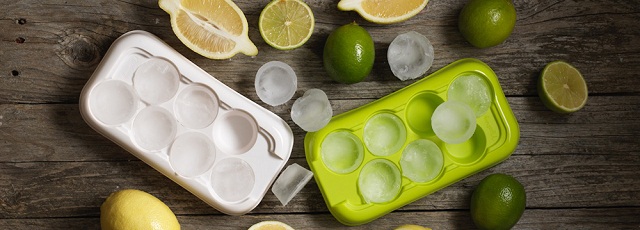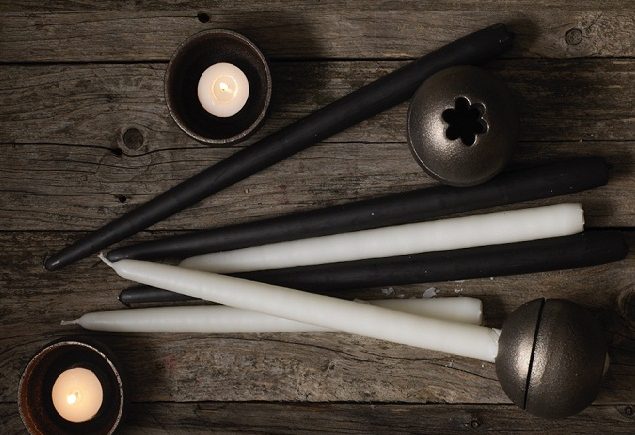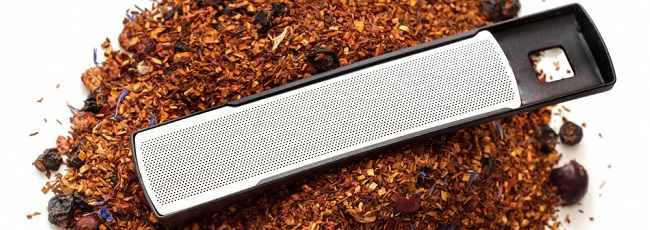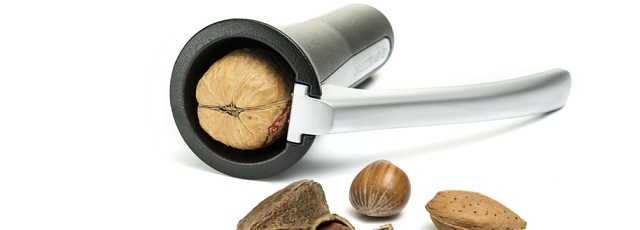With summer being around the corner, we are all starting to dream of those nice, warm days to come. However sometimes the heat can become too much and what is better in those situations than a tasty, cold drink? Whether it is for a cocktail or ice-tea, at some point we are bound to add a couple of ice cubes to a delicious beverage in order to freshen ourselves up. But where did the idea of using those diamond-looking cubes that keep as chill (in more than one way) came to be? And how were they made originally? Plus, what interesting ways there are for you to use your ice cube trays?
Well, it all begun around the 19-th century when people started harvesting ice mostly from the east coast of the USA and Norway for commercial uses. The process of producing, transporting and selling the “frozen merchandise” was called ice trade or frozen water trade. Stored in special ice houses, the harvested ice was later transported to destinations all around the world with the help of ice wagons. In 1790 ice was a privilege only the wealthy had. But the ice was becoming a very important trade during 1830 as it was being used to store fruits and vegetables. In 1840 it found its way into the process of producing lager beer, that needs to be made at lower temperatures.
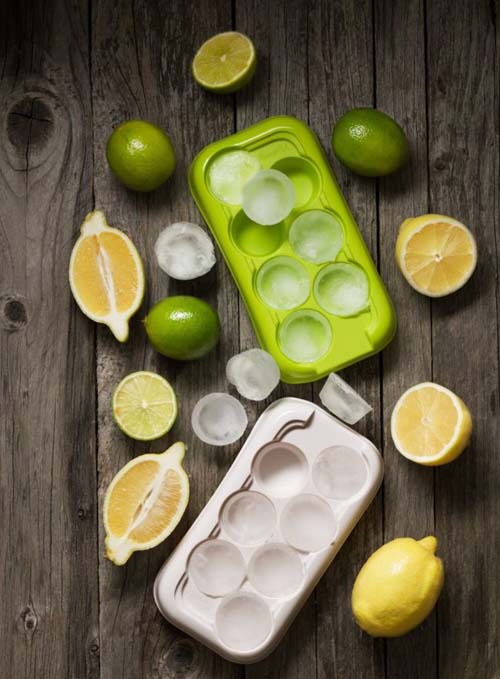
The Drosselmeyer Ice Tray Set. Visit our Shop.
A man named Frederic Tudor or “The Ice King” is considered to be responsible for making ice an important and irreplaceable part of any American homestead during the 1800’s. His first attempt to ship ice from the ice ponds of Massachusetts to the Caribbean was a bit of a fail. He did not know how to properly transport the ice and a lot of it melted on the way. But there was another factor at play that jeopardized his business. Up to this point, people were used to consuming their beverages warm and they were not really sure what to do with this new product they suddenly had access to.
At age 23, Tudor did not give up, he had bought his first rig. During this time ice trade sounded like a very bold and risky business venture. Even the Boston Gazette mentioned it: “No joke. A vessel has cleared at the Custom House for Martinique with a cargo of ice. We hope this will not prove a slippery speculation.” But it was a success. Soon Tudor was ready to spread his ice business even further, to India and Brazil. Other companies tapped into the ice trade too. Producing and selling of ice for commercial uses was booming. People living in warmer parts of the world were more than happy to have access to this amazing cold product now. At the beginning, the ice was sold mostly to keep produce and medicine fresh, but later Tudor had an idea to sell it to coffee shops and the elite to keep their beverages cool during the hot summers. Thus the idea of using ice into drinks was born.
With the progress of technologies, so did the production of ice. An American doctor named John Corrie build a refrigerator in 1844. The idea behind it was to create ice, which Corrie later hung from the ceiling in order to cool the room. By doing this he had actually created the first prototype of the ice cube. In 1914, Fred Wolf was the first to make a refrigerator with what looked like ice cube tray. His project called DOMELRE or Domestic Electric Refrigerator was not a success; however, the idea of adding an ice tray to the refrigerator stuck and continued to be used. In 1928, the first rubber ice cube tray was invented by Lloyd Copeman. The idea came to him by a coincidence when he noticed that the ice did not stick to his rubber boots while he was walking. He made a couple of types of trays including a metal one with rubber separators and a metal tray with individual cups made of rubber. In 1933 was created the first stainless, flexible ice cube tray by Guy Tinkham. His invention was called the McCord ice tray.
Using ice and ice cubes was later made popular by American bartenders. Before Frederic Tudor gave the common folk access to ice, many of the known cocktails were served warm. But when ice became easy to obtain, the new cold cocktails were the thing. People started to experiment with ice, using it in any way or shape possible.
During the 1920’s there was an alcohol prohibition in the US, which made the mixology business take a step back. By the time everything came back to normal, and the alcohol was now allowed in America the ice trade was a thing of the past. Ice was now made by commercial freezers. But the quality of this ice was not what the bartender wanted to work with. On top of that, it looked cloudy and that just did not sit nicely with the cocktail aesthetic they were trying to achieve. The problem with that was once again solved by technologies. New machines, which were producing 300 – pound blocks of ice were available at this point. The bartenders could now buy clear ice for their fancy drinks. The cubes were then cut to produce the 2 -inch ice cube that went into the drink.
But the good news is that you don’t need a professional machine to make your ice at home. You can enjoy your cold beverages every day with the use of a simple ice cube tray. And the cool thing is that it can be used not only to make those freezing cubes we all love.
10 fun ways to use ice cube trays
1. Herb cube – freeze some olive oil, mixed with your favorite herbs. Use it while cooking and voila, you have a delicious meal with one simple step.
2. Coffee cubes – you want pure, 100% ice coffee – this is the way to go.
3. Smoothie cubes – freeze some bananas and yogurt to put in your smoothie later
4. Candy cubes – freeze some fruit with melted chocolate on top for a healthier snack.
5. Popsicles – mix yogurt and chocolate chips; use a toothpick for a pop stick.
6. Jell-O shots – mix vodka, syrup and gelatin powder for the beast tasting jello shots in your life.
7. Pasta toppers – perfect way to freeze just the needed portion of sauce or pesto for your pasta
8. Fruit cubes – freeze some fruit with fruit juice and add it to your cocktails later
9. Wine cubes – never throw away wine. Freeze it and use it later to cook.
10. Sweet cubes – freeze some chocolate and add it to milk late for a cool version of chocolate and milk.
